Metal engraving offers more possibilities for metal processing. Metal is a versatile engineering material valued for its strength, durability, and conductivity. Common industrial metals include steel, aluminum, titanium, and alloys like stainless steel. Metals can be cut, welded, formed, and joined in various ways. Besides, laser engraving is an advanced processing method. The focused high-energy laser beam can quickly and precisely melt or vaporize metal material along its path of the beam.
Meanwhile, it can also mark and etch permanent graphics and text onto metal surfaces for identification or decoration. Lasers provide contactless processing and allow for automation in metal fabrication. Overall, laser technology enables high precision and efficiency in metal engraving and marking applications.
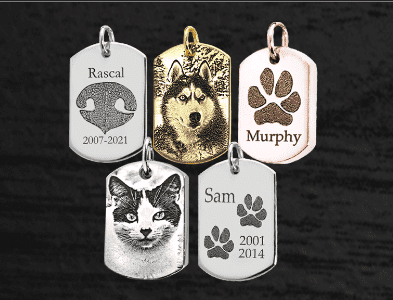
Fiber laser marking machines use ytterbium fiber lasers as the laser source. Fiber lasers typically operate between 100-1000W power, enabling both surface marking and simple cutting. Compared to CO2 lasers, fiber lasers have a shorter wavelength which can rapidly heat a small spot on metals to achieve finer marking effects. Fiber laser marking is fast with excellent beam quality and power transmission efficiency. Fiber lasers offer high precision and stability for industrial laser marking applications.
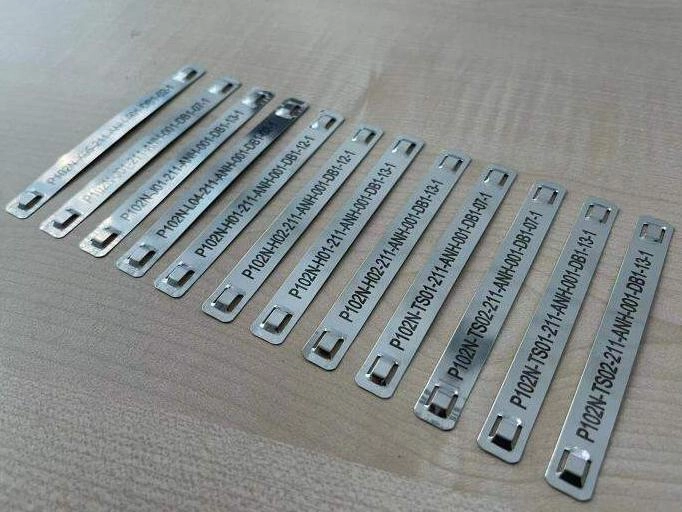
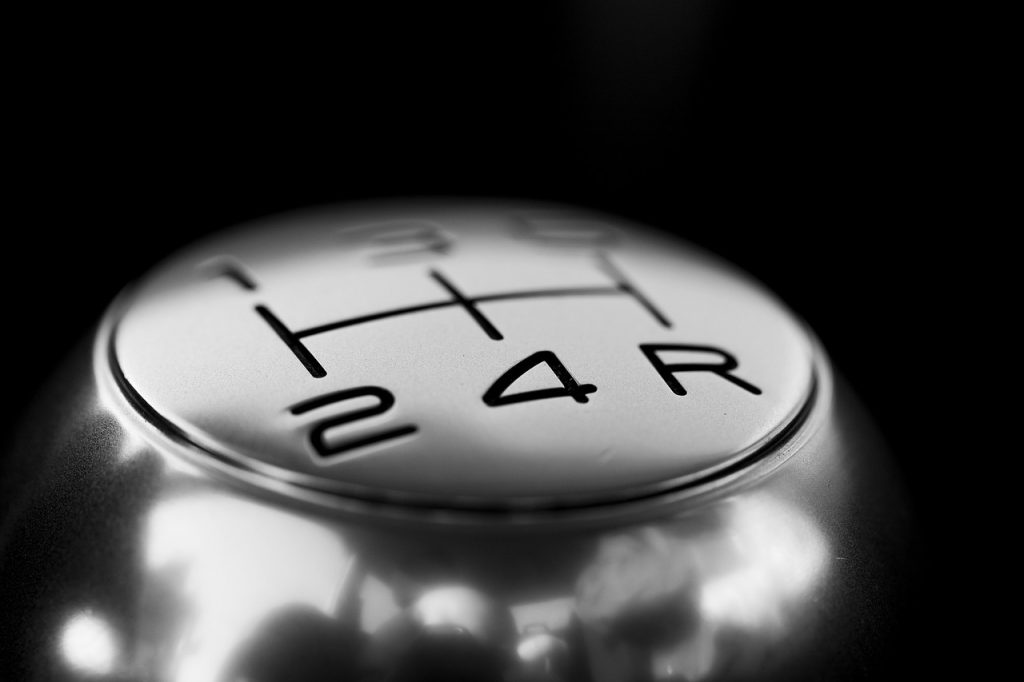
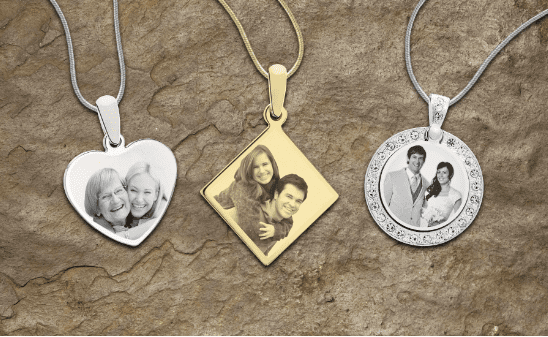
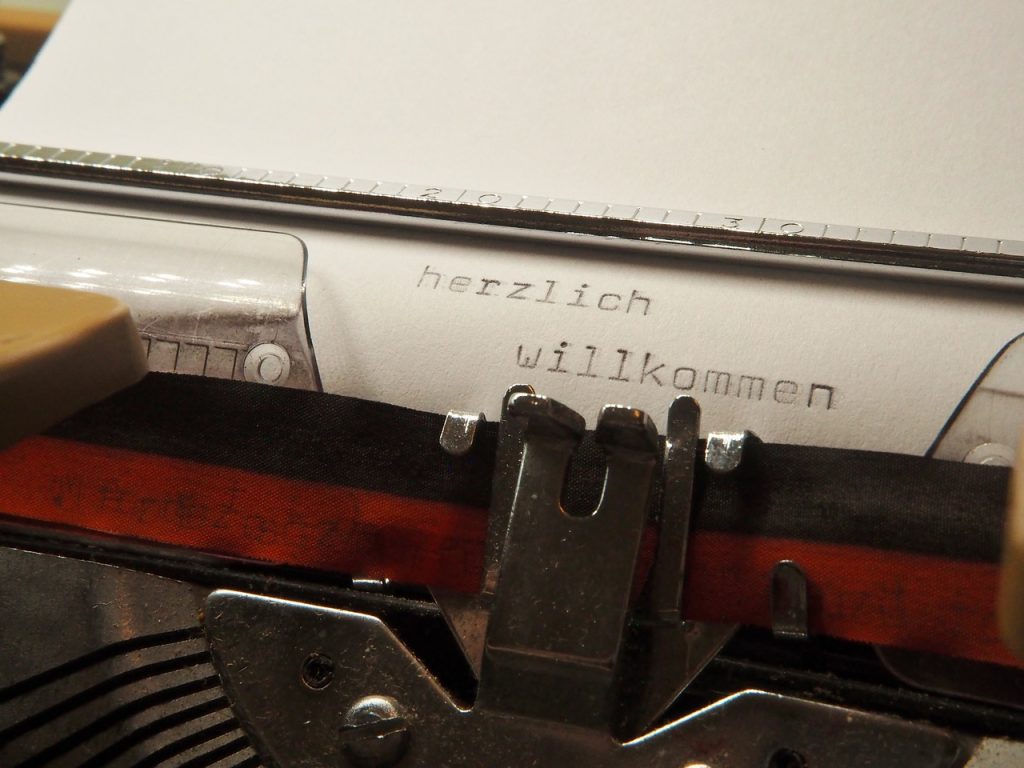
As an ideal material for laser engraving, metal surface can be precisely melted or vaporized through laser metal engraving to create patterns with high accuracy. To leverage laser engraving for metals, a capable laser machine is needed.
Thunder Laser’s Aurora fiber laser series offers optimized solutions for metal engraving by integrating key capabilities such as sufficient power and excellent beam quality. Let’s examine this innovative laser series that enables businesses to harness the advantages of laser engraving on metal materials.
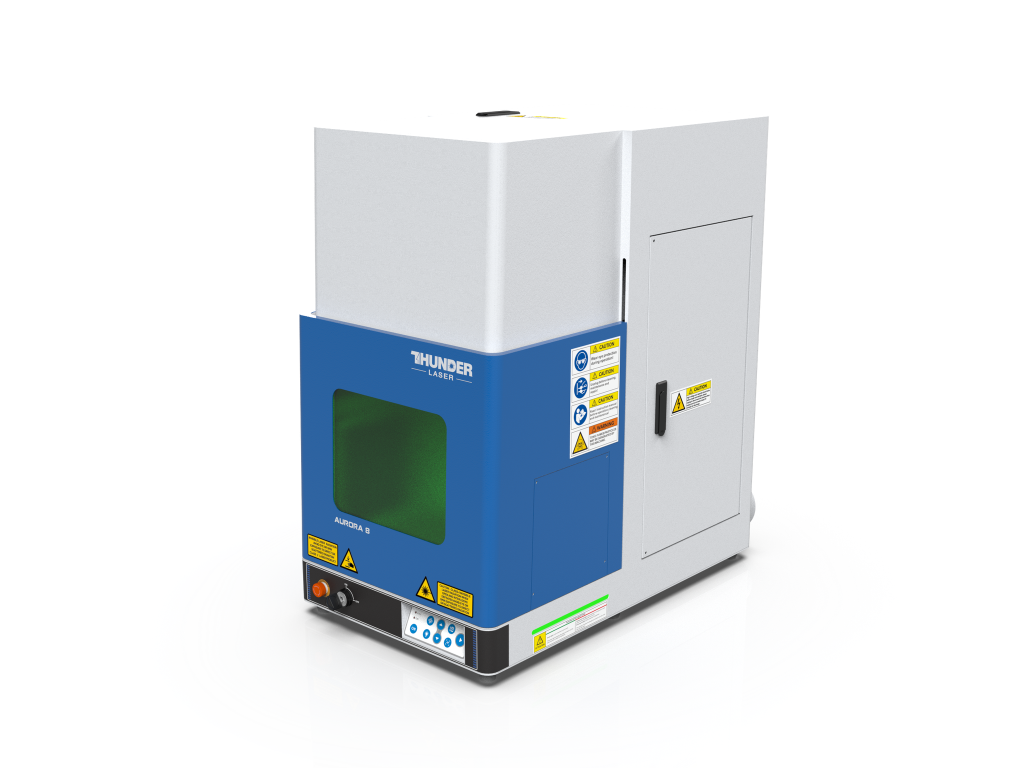
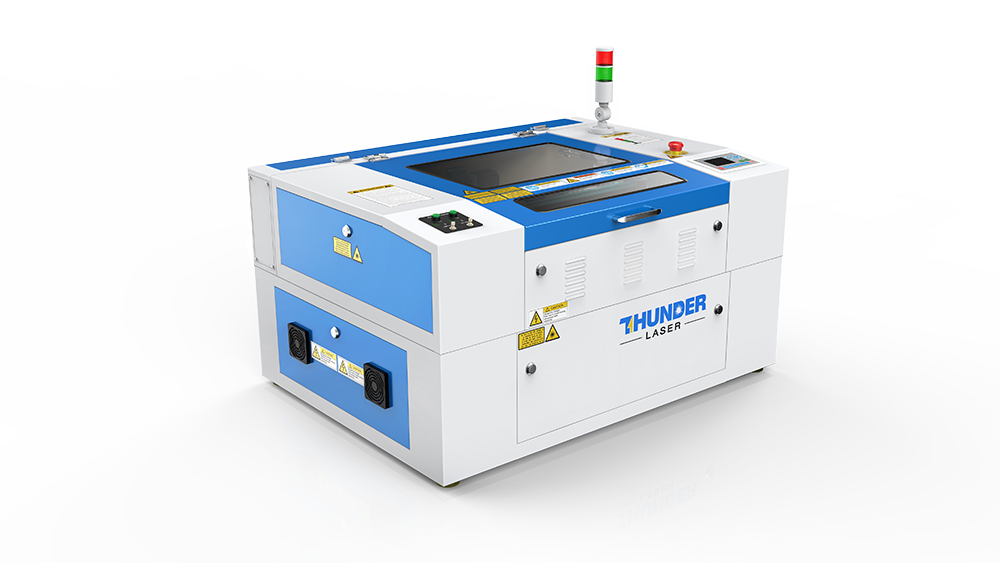
Surface preparation is crucial for optimal metal engraving quality. Preprocessing removes contaminants, increases surface roughness to improve laser absorption, and eliminates burrs or passivation layers that may affect cut quality. Here are some common preparation techniques:



